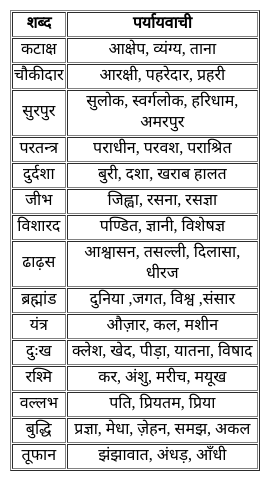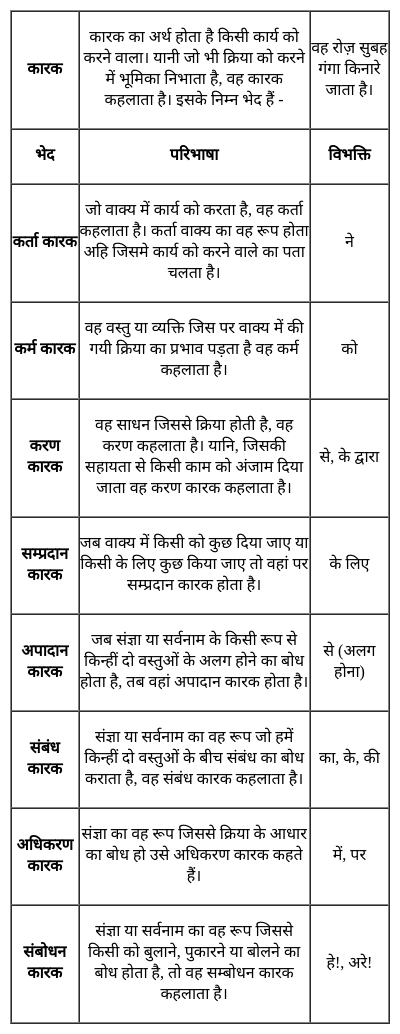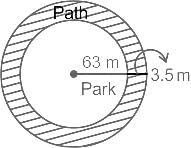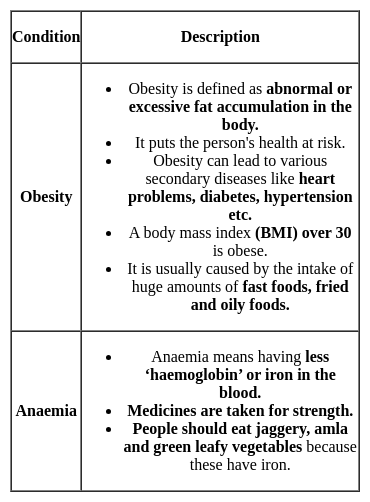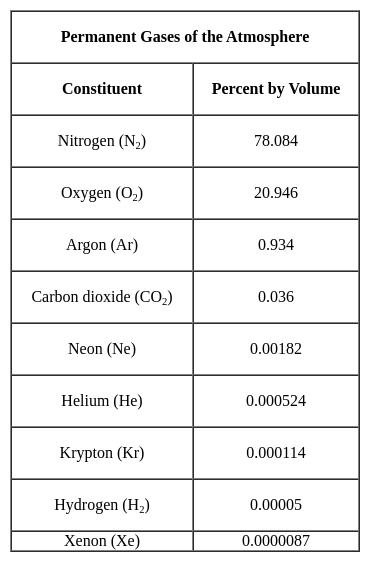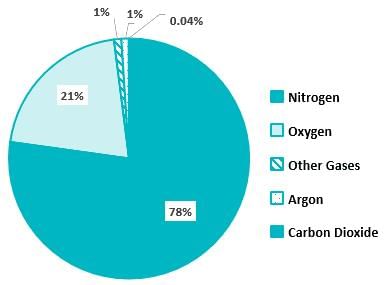KVS PRT Mock Test - 4 - KVS PGT/TGT/PRT MCQ
30 Questions MCQ Test - KVS PRT Mock Test - 4
Direction: In the following question, the sentences have been given in Active/ Passive Voice. From the given alternatives, choose the one that best expresses the given sentence in Passive/ Active Voice.
My mother bakes cakes.
निम्नलिखित प्रश्न में, चार विकल्पों में से उस विकल्प का चयन करें जो दिए गए वाक्य के भेद का सबसे अच्छा विकल्प हो ।
जुग जुग जिओ।
निम्नलिखित प्रश्न में, चार विकल्पों में से, उस विकल्प का चयन करें जो दिए गए लोकोक्ति का सही अर्थ वाला विकल्प हो।
जिसकी उतर गई लोई उसका क्या करेगा कोई-
Which of the following statements regarding growth spurt is correct?
I. The growth spurt is completed in girls around the age of 17-19 years.
II. The growth spurt starts in boys around 10-12 years of age.
According to Piaget, personal fable is a characteristic of:
I think I'll wait ________ Saturday before I decided what to do. (Fill in the blank)
Identify the tense of the following sentence.
The sun rises in the east.
Change the given sentence into Future Indefinite Tense.
Boys are planning for a party.
You won’t come home today.
The correct question tag for this sentence is:
Find the mode of the following data.
8, 21, 8, 17, 16, 17, 8, 11, 5, 17, 19, 8 and 27
The area of a circular park is 12474 m2. There is 3.5 m wide path around the park. What is the area (in m2) of the path? (Take π = 22/7)
Mira and Divya are young girls. Mira likes to eat samosas, cutlets and bread. Divya, on the other hand, takes an iron-deficient diet. Which of the following disorders are Mira and Divya likely to suffer from, respectively?
A person boarded an express train on 30th August 2015 at Ahmedabad for Trivandrum. The train departed from Ahmedabad at 13:30 hours and reached Trivandrum at 7:30 hours on 1st September 2015. If the distance between Ahmedabad and Trivandrum is 2268 km, the average speed of the train between the two stations was




